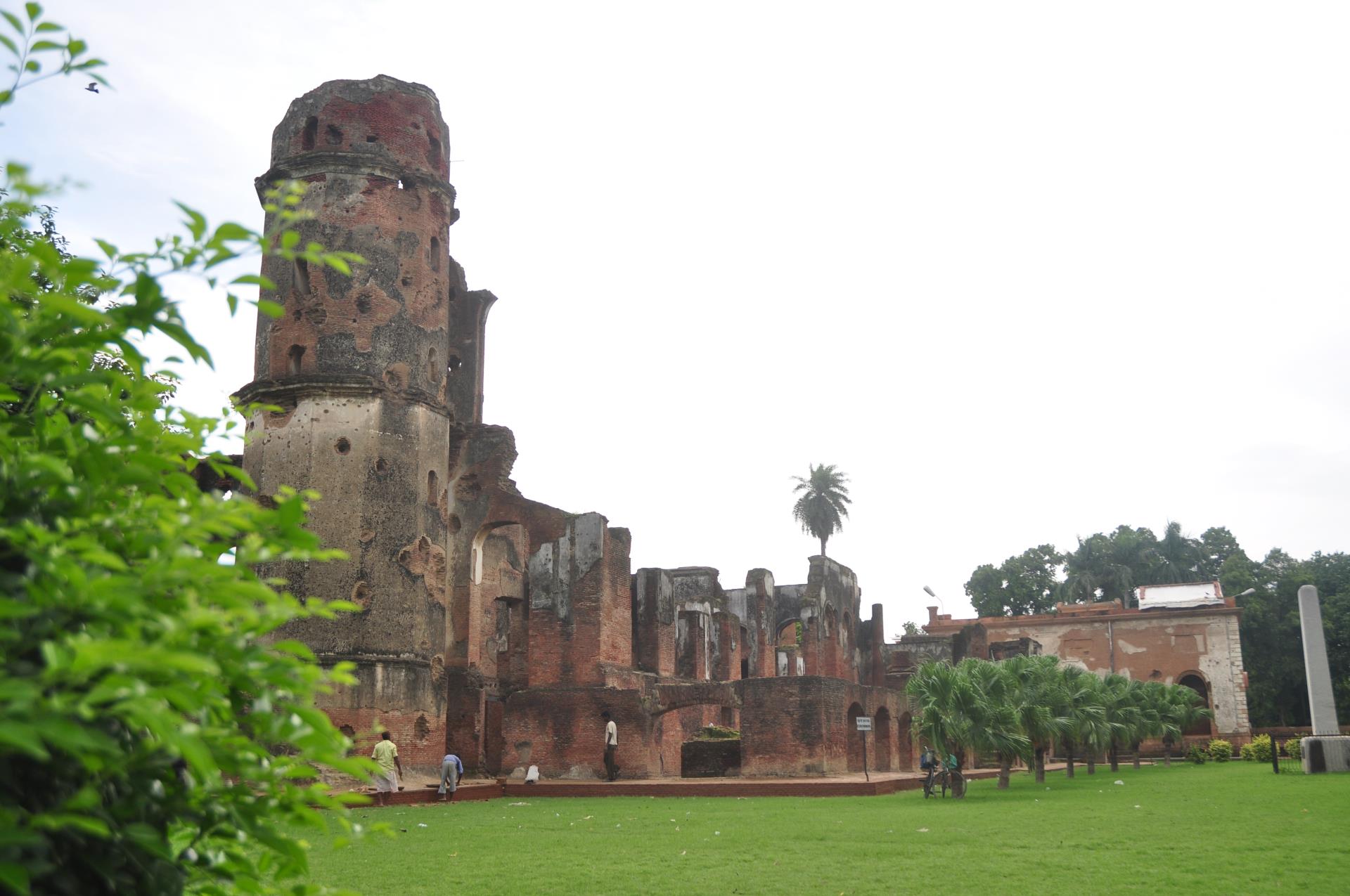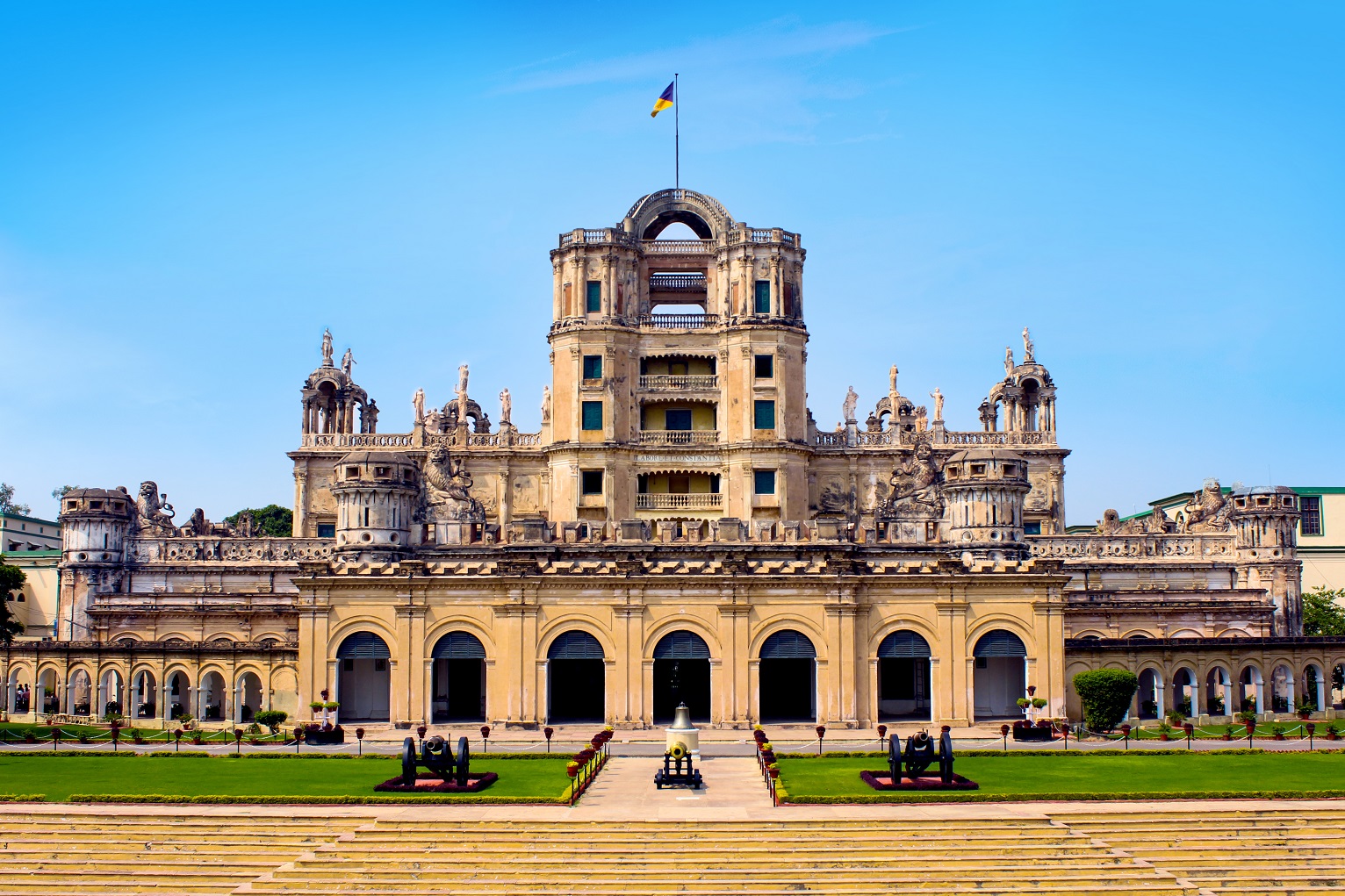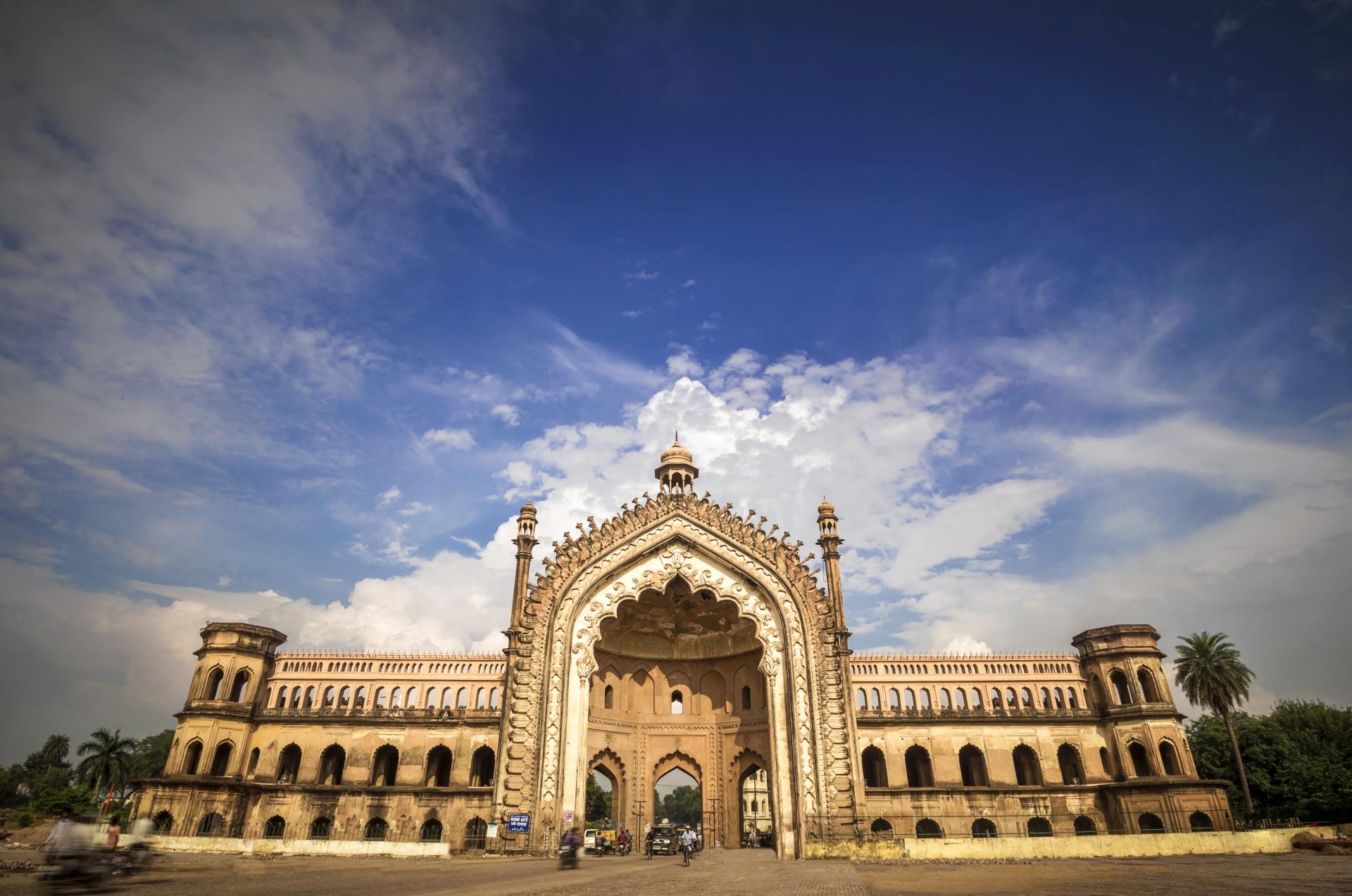
Sorry, we couldn't find anything that matches your search.
Destination

Famous Places to Explore in Hyderabad
A vibrant city with the imposing...

Raipur Tourist Places | Best Place to Visit
The stronghold of several erstwhile...

Ahmedabad
Declared as India's first UNESCO World...
#
Located on the banks of River Gomti, the sacred place of Naimisharanya is linked to Lord Brahma, Lord Vishnu, Goddess Sati and Lord Shiva. The word 'nemi' refers to the outer surface of the Sudarshana chakra (Lord Vishnu's weapon), and it is said that the place where it fell came to be known as Naimisharanya, the boundary of which includes the surrounding forest area. The spot where the chakra struck the earth, a water spring came out. Major attractions in Naimisharanya include Chakratirth, which marks the spot where Brahma’s chakra fell; Dashashwamedha Ghat, where Lord Rama performed the tenth Ashwamedha Yagna; Hanuman Garhi, where Lord Hanuman is said to have emerged after his victory over Ahiravana in Patal Lok; Lalita Devi Temple, dedicated to the presiding deity of Naimisharanya; Nardanand Saraswati Ashram, a centre for spiritual education; Pandal Kila, the fort of king Virat from the epic Mahabharata; Sita Kund, where Goddess Sita is said to have bathed before going into exile, and many other significant spots.
It is believed to be the first and the most sacred of all the pilgrim centres for Hindus, and devotees visit this place to take a dip in the holy water. It has been said that Rama Charitha Manas was written here by poet Tulsidas. Another belief associated with Naimisharanya says that if you perform penance here for 12 years, you will be granted entrance to Brahmaloka (heaven).
Between Phalgun Amavasya (new moon) and Phalgun Poornima (full moon), Naimisharanya receives hundreds of devotees who come here to perform parikrama (circumambulation). Even for those with little or no religious interest, Naimisharanya is worth a visit. It is steeped in centuries-old history, and you can learn about ancient legends and take pictures of some of the most stunning structures in the country. It is located about 95 km from Lucknow.








